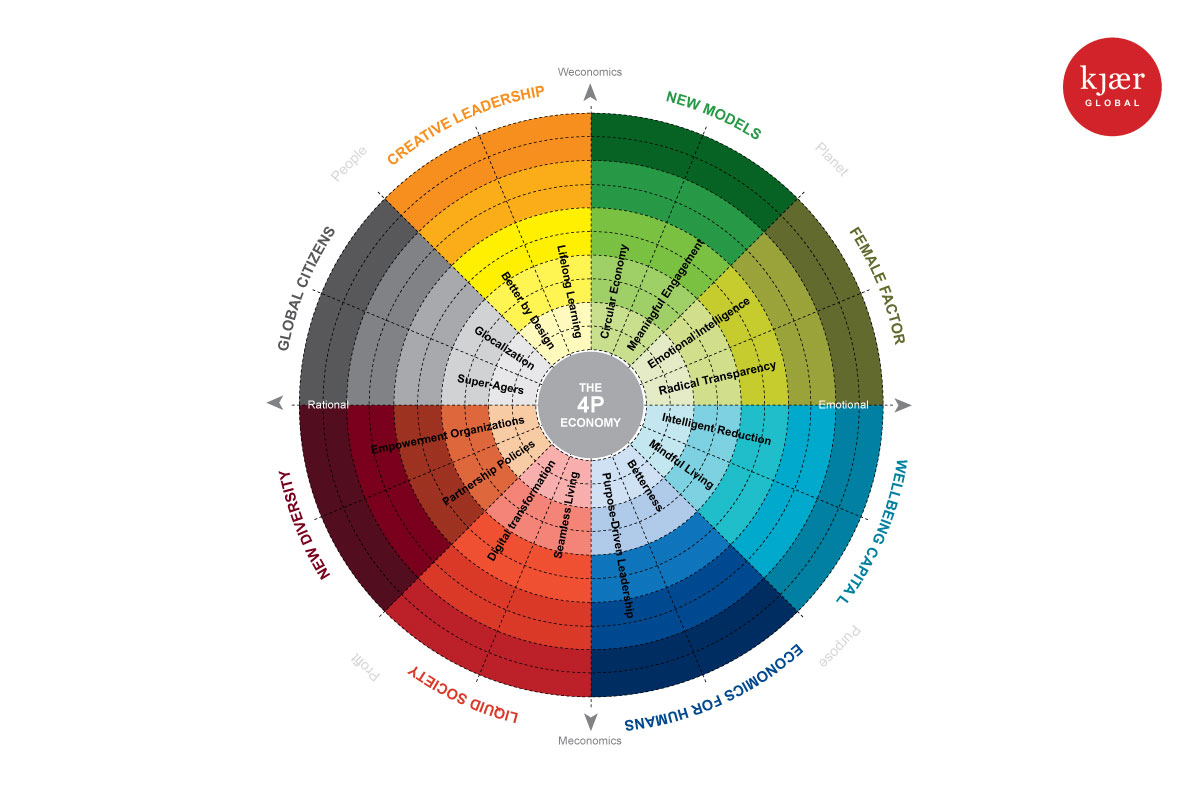
When I ask leaders what kind of legacy they want to leave, rarely do I hear role titles, numbers, or words such as “the bottom line,” “process,” or “efficiency.” Most think about what kind of positive impact they hope to have on others. However, when I ask them what they do, the language is starkly different. Some share their job titles, some share their job descriptions or even their KPIs. There’s a clear dichotomy between the desire for their work to help others and seeing their current work as defined by the organizational structure, or as a means for financial or status gain.
When leaders clearly define their work through the positive impact they have on others, they feel energized, are more creative and inspire their people. These are the leaders who seek to understand the human experience of their customers, both external and internal, and that of their own people. They also help their own people work with a sense of meaning and purpose.
These purpose-driven leaders are great news for employee engagement. According to Deloitte, 73 percent of employees who say they work at a "purpose-driven" company are engaged, compared to just 23 percent of those who don't . More and more employees are looking to the reason behind the organization’s existence and want to understand how they are personally making a difference at work.
So how can leaders help their people re-engage with a sense of purpose at work? It starts with putting empathy back into how people view their work. People feel a greater sense of meaning and fulfilment when they see that their work has a positive impact on customers. It can be through something as simple as five minutes of face-to-face time with a customer who’s benefited from their work. This is exactly what Wharton School professor Adam Grant and his team of researchers did with a group of university scholarship call center employees. They brought in a scholarship student who had benefited from the fundraising efforts of these employees. The call center employees interacted with this beneficiary for five minutes. As a result, this same team demonstrated over a 400 percent increase in weekly productivity .

Source: LeadWomen
Connecting with purpose at work doesn’t have to be a blue-skies concept. Like the five-minute customer meeting, there are simple tools that can help leaders and their teams re-design the way they perceive their work. Here’s an exercise you and your people can use to re-design how you view your work: ask five “why’s” to understand the real impact of your work on stakeholders.
1. Why do you go to work?
2. Why does your job excite you?
3. Why do customers buy your products/services?
4. Why does your organization exist?
5. Why should customers care about what you do?
This article is a collaboration between The ASEAN Post and LeadWomen. The views and opinions expressed above are those of the author and do not necessarily reflect those of The ASEAN Post.
Recommended stories:
